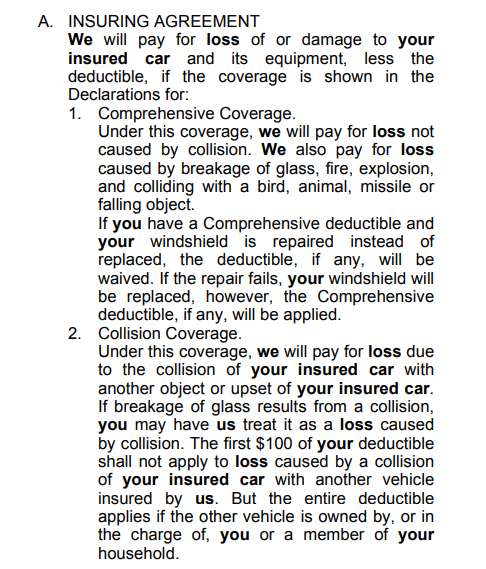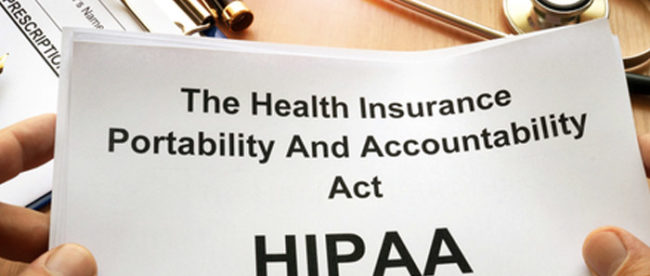Getting The Pacific Prime To Work
Getting The Pacific Prime To Work
Blog Article
Pacific Prime for Dummies
Table of ContentsFacts About Pacific Prime UncoveredThe smart Trick of Pacific Prime That Nobody is DiscussingA Biased View of Pacific PrimeNot known Factual Statements About Pacific Prime The Buzz on Pacific Prime

This is due to the fact that the information were gathered for a period of solid financial performance. Of the estimated 42 million people who were uninsured, just about about 420,000 (regarding 1 percent) were under 65 years of age, the age at which most Americans come to be eligible for Medicare; 32 million were grownups in between ages 18 and 65, around 19 percent of all adults in this age group; and 10 million were kids under 18 years of age, regarding 13.9 percent of all youngsters (Mills, 2000).
These estimates of the variety of persons without insurance are created from the yearly March Supplement to the Present Populace Study (CPS), carried out by the Demographics Bureau. Unless or else kept in mind, national price quotes of individuals without health insurance coverage and percentages of the population with various type of insurance coverage are based on the CPS, one of the most commonly made use of resource of quotes of insurance policy coverage and uninsurance prices.
The smart Trick of Pacific Prime That Nobody is Discussing

Still, the CPS is especially useful due to the fact that it generates annual quotes relatively quickly, reporting the previous year's insurance policy protection approximates each September, and because it is the basis for a consistent collection of quotes for more than 20 years, enabling evaluation of fads in insurance coverage gradually. For these reasons, as well as the extensive usage of the CPS in other studies of insurance policy coverage that are provided in this report, we rely upon CPS quotes, with limitations kept in mind.

The quote of the variety of uninsured individuals expands when a populace's insurance standing is tracked for several years. Over a three-year period starting early in 1993, 72 million people, 29 percent of the united state population, were without coverage for at the very least one month. Within a solitary year (1994 ), 53 million people experienced a minimum of a month without protection (Bennefield, 1998a)
Six out of every 10 uninsured grownups are themselves employed. Although functioning does enhance the possibility that and one's household participants will certainly have insurance coverage, it is not a guarantee. Even members of households with two full time wage earners have nearly a one-in-ten opportunity of being uninsured (9.1 percent without insurance price) (Hoffman and Pohl, 2000).
The 4-Minute Rule for Pacific Prime
New immigrants make up a substantial percentage of people without health insurance policy. One evaluation has attributed a considerable part of the current development in the size of the united state without insurance populace to immigrants that arrived in the country between 1994 and 1998 (Camarota and Edwards, 2000). Current immigrants (those that involved the USA within the previous four years) do have a high rate of being uninsured (46 percent), however they and their kids account for simply 6 percent of those without insurance policy nationally (Holahan et al., 2001).
The relationship between health and wellness insurance policy and access to care is well developed, as recorded later on in this chapter. Although the partnership in between medical insurance and wellness end results is neither direct nor easy, a substantial professional and health services research literary works web links wellness insurance policy protection to better accessibility to care, much better high quality, and enhanced personal and population health standing.
Levels of evaluation for examining the results of uninsurance. This discussion of health and wellness insurance policy protection concentrates largely on the united state populace under age 65 because essentially all Americans 65 and older have Medicare or various other public coverage. It focuses specifically on those without any wellness insurance policy for any length of time.
Some Known Facts About Pacific Prime.
The issues dealt with by the underinsured are in some areas comparable to those encountered by the without insurance, although they are generally less serious. Health and wellness insurance policy, nonetheless, is neither essential neither enough to acquire accessibility to clinical services. The independent and direct effect of health insurance protection on accessibility to health services is well established.
Others will certainly acquire the wellness care they need even without health insurance policy, by spending for it out of pocket or seeking it from companies that offer treatment free or at very subsidized rates. For still others, medical insurance alone does not make certain receipt of care due to the fact that of other nonfinancial obstacles, such as a lack of health and wellness treatment service providers in their community, restricted accessibility to transportation, this page illiteracy, or linguistic and cultural distinctions.
The Main Principles Of Pacific Prime
Official research regarding without insurance populations in the USA dates to the late 1920s and early 1930s when the Board on the Price of Healthcare created a series of records concerning financing doctor office brows through and hospital stays. This issue ended up being prominent as the numbers of medically indigent climbed during the Great Clinical depression.
Report this page